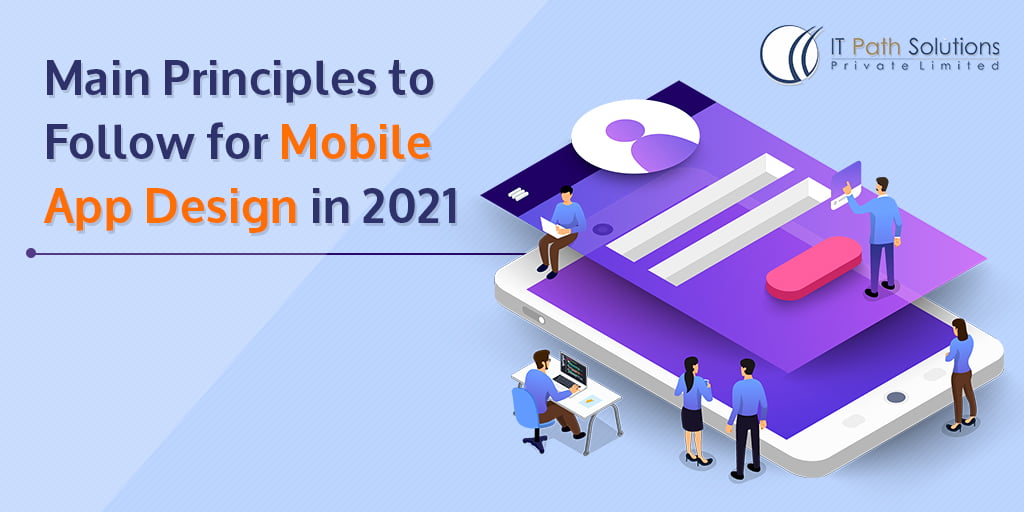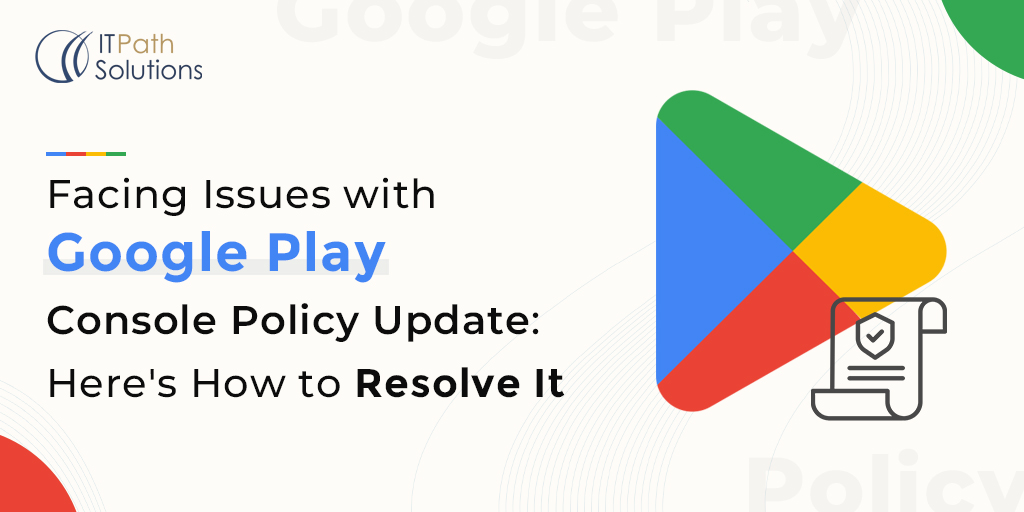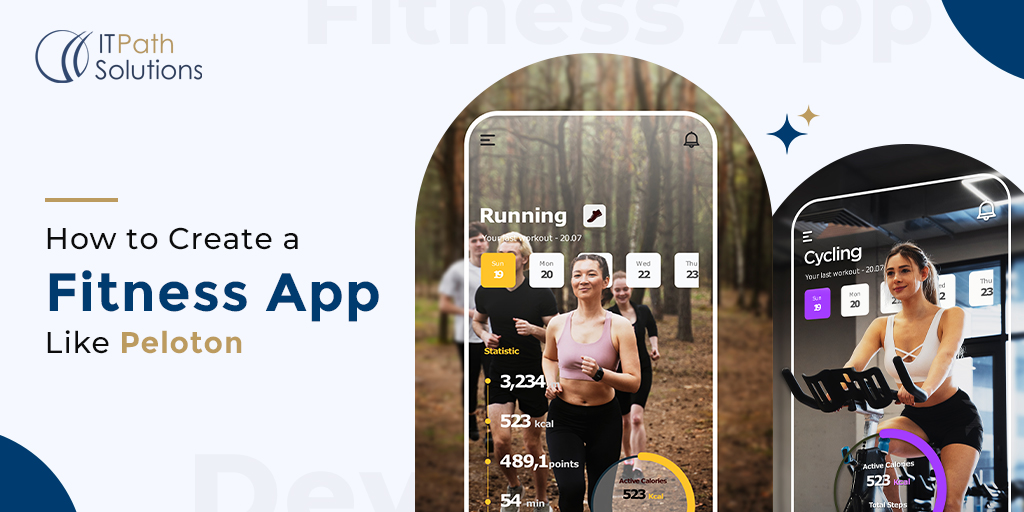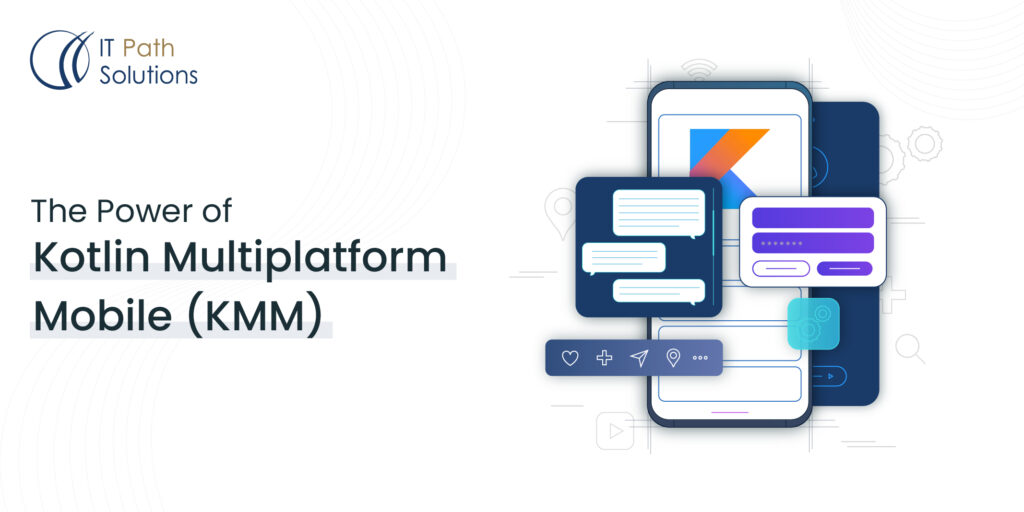Main Principles to Follow for Mobile App Design in 2024

While we think about mobile app development, UI/UX is the most important factor and plays a huge role in building a successful mobile app. Irrespective of how good and seamless the code is if the UI/UX doesn’t create a correspondingly good and intuitive experience for the end-user the app is bound to not make it big in the market.
UI/UX planning of a mobile application is about integrating a human-centric approach for the design and usage of the app. When an app is designed, by keeping the end-user in mind, you can create an app that feels intuitive, fast, and easy to use. Despite how complex or simple the app might be, UI/UX can make the end-user experience simpler and adapt of the app faster.
Most designers will speak of UI/UX together. UI stands for user experience and UI stands for the user interface. Since user interface determines user experience, most designers like to think of it as the same coin with different sides. As a simple thumb rule, good or bad UI leads to good or bad UX.
Mobile App Design Principles
1 Comprehend the Objective
The best thing for any UI/UX configuration team is to start with the design first process. Design sprint helps understand the process of business objectives by app design, structure, prototyping, testing with the user. With a clear outlook set upfront, you can avoid last-minute changes and hassles and go for a more unified approach to the whole app and its various modules.
The reality is that if the end-user doesn’t find the user experience of the app enticing, he will abandon your app and opt for the competition. The achievement of any portable application relies upon the general look and feel of it. The end-client experience is an impetus behind your app going viral and faster adaptation through word of mouth.
2 Impeccable and User-Friendly App Navigation
The key is simplicity. Always and always refer back to simplicity whenever you get confused with a decision about UI/UX.
Don’t try to do too much within the app and provide too many features, pop-ups, or graphics. If you provide the end-user with too many choices he will develop decision fatigue and may abandon his app activity altogether to deal with decision fatigue.
The key components should be clearly visible to the clients, particularly for the application navigation and functionality. Never consider setting them in such a menu or area where clients find it hard to get to them.

3 Size for better Comprehensibility
Did you know that the thumb drives 75% of the interaction between the mobile phone screen and the phone screen?
Hence, it’s important to keep such major facts in mind when designing an app. The buttons, navigation routes, and all clickable items such as images, videos should integrate this fundamental design principle so that the user finds it easier to adapt to the app and its navigation options.
4 Mobile App Design Capabilities
The designer of the application needs to consider the device in the market on which the application will be utilized. The thought behind this is to incorporate the capacities dependent on the device features to take advantage of the application. Go through the point given below:
At the time of clicking and swiping, there could likewise be others that clients aren’t aware of motions. Note that the gestures that are undetectable to the clients, you need to feature them smartly to draw the clients’ consideration.
Numerous variations of smartphones have big differences in the keyboards. It bothers clients to pick one if your application needs something for input. Preferably, it is encouraged to allow explicit varieties to appear to be automatic.
5 Platform Specific Functionalities & Optimization
To provide the perfect UI/UX with mobile app design principles you need to keep the end user’s devices and operating systems in mind. UI/UX design for one device or platform is going to be different for other platforms. Cross-platform functionalities and adaptability are important for a consistent user experience. Different platforms will use their own challenges and creating cross-platform development functionalities will increase the development cost and time. Ideally, you should decide which platform you want to go for in your MVP and then develop cross-platform functionalities.
6 Strategy and Design Scalability
Testing of the mobile application’s design rules should be about usefulness and design stays important at each stage. It isn’t generally about the QA testing services. The equivalent significance additionally lies for the mobile application developers for any back-end or performance-related issues
The QA testing is accomplished for application functionalities to ensure there are no bugs and mistakes. Utilize distinctive ease of use tests like far remote testing and client testing to ensure you can really fulfill your customer’s every wish.
Be that as it may, to chop down the chance of end-time cycles, the design and development team should know about opportune and consistent testing. The designer should think, design, and carry out a versatile design which can be a modern design thinking practice. Design changes will develop with time. No current application will remain with a similar design in the future.
Final Thought
UI/UX is an important concept to keep in mind in this age of apps. UI/UX design should not be thought of as separate but as a key component of the initial and final app design. Integrating UI/UX principles in designing your MVP will go a long way in improving the end-user experience. Drop us a line below if you want our consultation for your next idea and the ideal UI/UX features to include in the app.
 Healthcare
Healthcare  Education
Education  Real Estate
Real Estate  Logistic
Logistic  Themes
Themes
 Plugins
Plugins
 Patterns
Patterns





